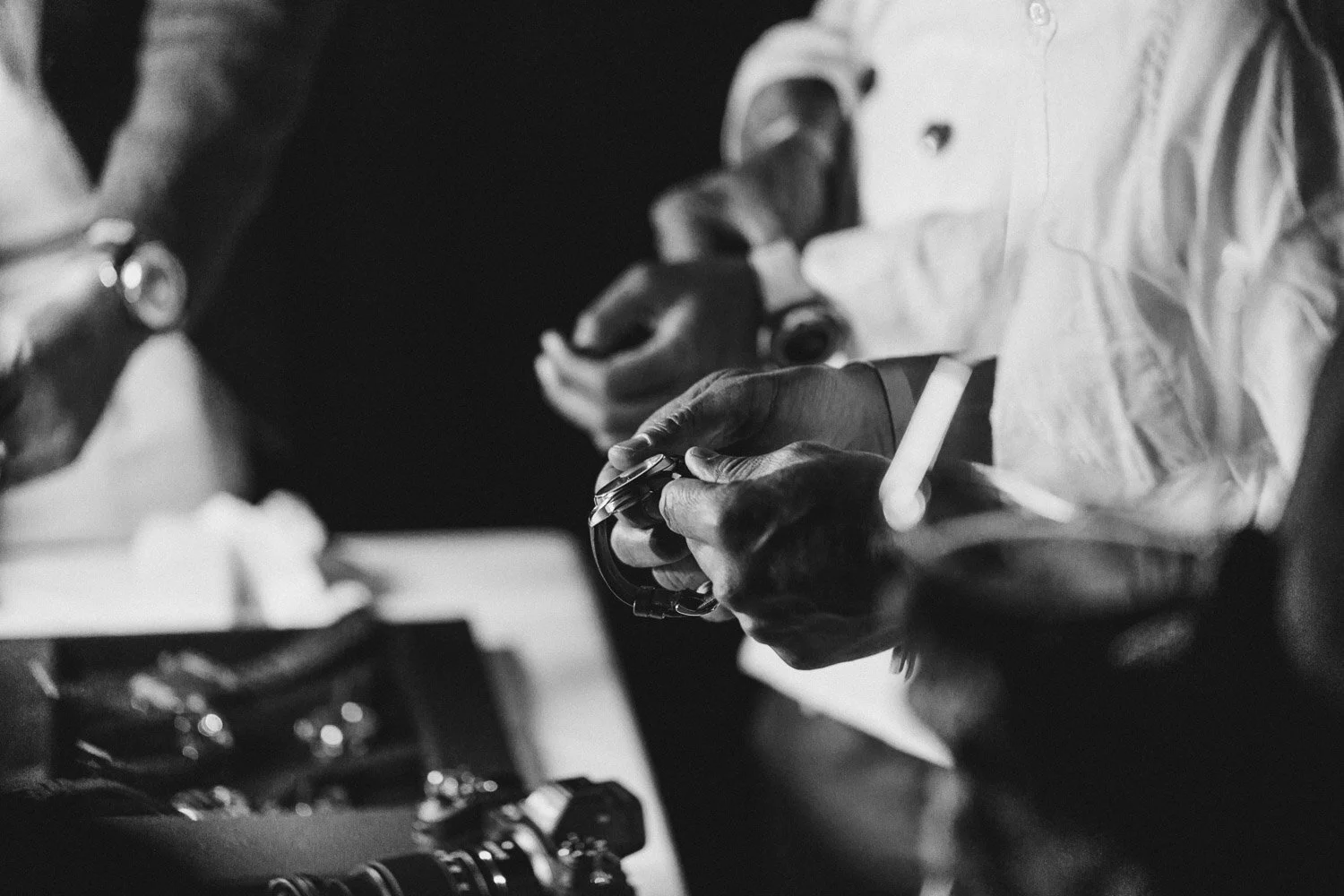A watchmaker’s history – reading Hands of Time by Rebecca Struthers
Read time: 4min
The last few years have been exceptional for the publication of books by independent watchmakers and brands. From MB&F’s Catalog Raisonné to Denis Flageollet’s Horological Alchemy (the polymath behind De Bethune), both are an insightful resource for collectors and enthusiasts of watchmaking to dive deeper into their favorite creations. They provide a level of depth that is difficult to present on social media. From our vantage point, it’s not a coincidence that these publications are becoming more frequent as the community around independent watchmaking continues to grow rapidly – the audience is there and yearns for more stories.
We’re fortunate to see the publication trend continue with the arrival of Hands of Time: A Watchmaker’s History of Time, written by Rebecca Struthers. Based in Birmingham, the historical watchmaking capital of the UK, Struthers alongside her husband, Craig, are one of the very few indies in England that continue to create their timepieces according to traditional methods. A departure from the watchmaking bench, Hands of Time is a fast-paced read through the evolution of timekeeping, everything from earliest forms of timekeeping (~50,000-year-old baboon bones with carved notches for the moon cycle) to atomic clocks.
Without revealing too many spoilers, we’re diving into two aspects of Hands of Time that make it an enjoyable read.
Placing the watchmaker in the history of watchmaking
There is a need to emphasize the the subtitle of this book – ”a watchmaker’s history of time.” First, it is extremely unusual for a watchmaker to leave the workbench and write at all. In the rare times that a watchmaker does, it’s almost always done for other watchmakers – confined to the realm of technical writing. Watchmakers writing for a general audience? We’re entering unicorn territory. Struthers is no “classic” watchmaker though. She became the first watchmaker in British history to earn a PhD in horology, focused on 18th and 19th century English watchmaking.
In Hands of Time, we can see that Struthers brings something different to the table. We have a very different form of history. In many history books, the author is completely (or nearly) absent. History is a series of facts, presented by an all-knowing narrator. In this book, Struthers’ voice and position as a watchmaker are clear throughout. She showcases her own experiences to empathize with historical struggles in watchmaking, discusses her restoration work on some of oldest timekeeping devices, and covers the role of women in horological history as one of the very few women in indie watchmaking today. This creates a very lively form of history, something far, far removed from textbooks.
Beyond her own voice and experience, something that humanizes the history of time is the context behind every major advancement. As is the case in all history, there are always broader cultural, political, and economic forces at play. Struthers does an exceptional job at casting a light on the fact that nothing occurs in a vacuum. From the French Revolution’s impact on Breguet to the role of forgeries in the creation of mass-markets for watches, the history of watchmaking is propelled by a high degree of chaos, competing interests, political upheaval, technological revolution, etc.
Reflections on watchmaking history from a bird’s eye view
One of the more interesting aspects of Hands of Time is thinking about the history of watchmaking from a broad, bird’s eye view. Removed from the microcosm of the workbench, Struthers’ journey through watchmaking history points toward Mark Twain’s famous adage – ”history never repeats itself, but it does often rhyme.”
Especially since the dawn of industrialization, we see the pattern of new manufacturing technology, price undercutting, and constantly shifting markets. While the Quartz Crisis in the 1970’s and 80’s may be the most recent shift for our collective memory, the history of watchmaking is rife with crises. “Dutch forgeries,” knock-off, low-cost pocket watches that Struthers covered extensively in her PhD dissertation, undercut the more high-end English watchmaking industry in the 18th century. This was the first time in history that mechanical timekeeping devices were not exclusively confined to the pockets of royalty and aristocracy. Of course, the arrival of Dutch forgeries wreaked havoc on the local craftspeople – they undercut English watches by ~50%.
The 19th century saw another massive economic crisis with the arrival of American watches. With their fully-integrated manufacturing operations, American watchmaking benefited from economies of scale to an unforeseen degree in industry. Struthers draws a quote from an unnamed English watchmaker in 1878 that echo the same sentiments of the Swiss exactly 100 years later when discussing quartz – ”Americans would manufacture common watches for the millions, for this would leave British watchmakers to make aristocratic watches for the hundreds.” History never repeats itself, but it does often rhyme.
For collectors and enthusiasts of watchmaking, Hands of Time is a great change in tempo from the often technical-focused publications. There’s something fascinating about every period in watchmaking history, and Struthers does an exceptional job at showing that there is always more at play in watchmaking than the watch itself.



